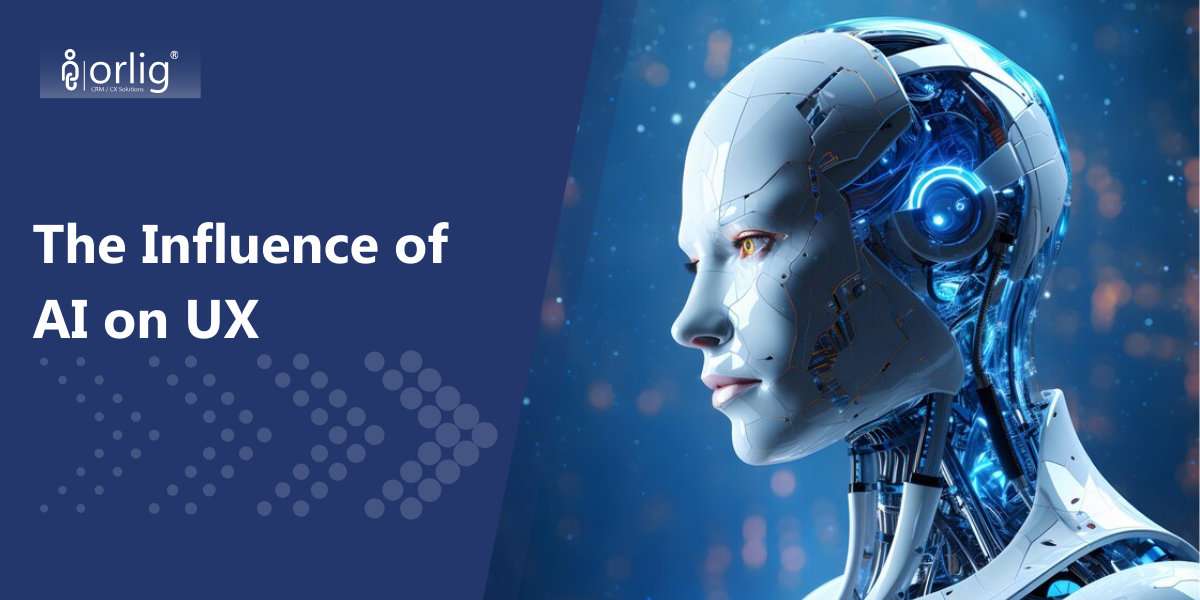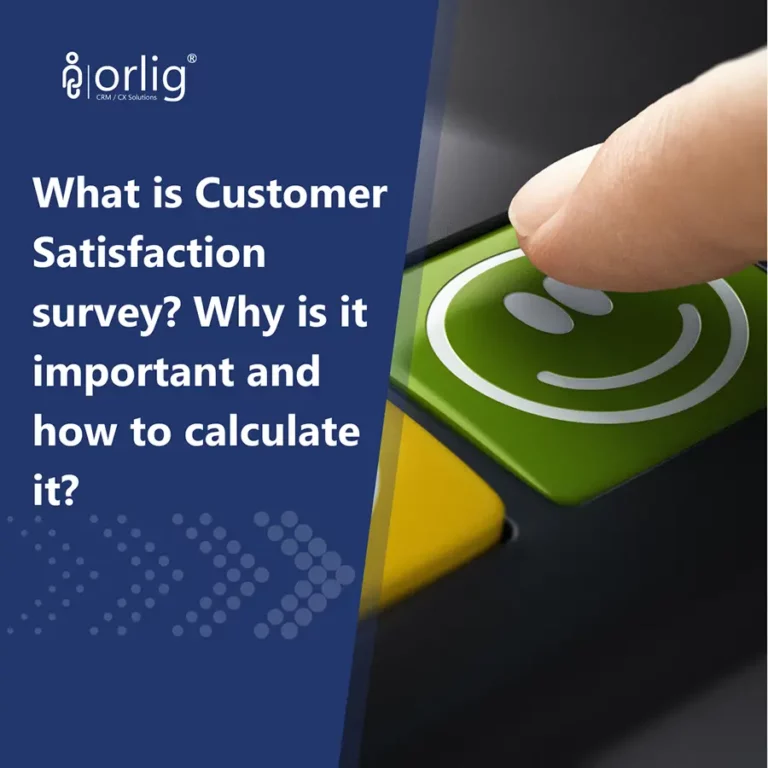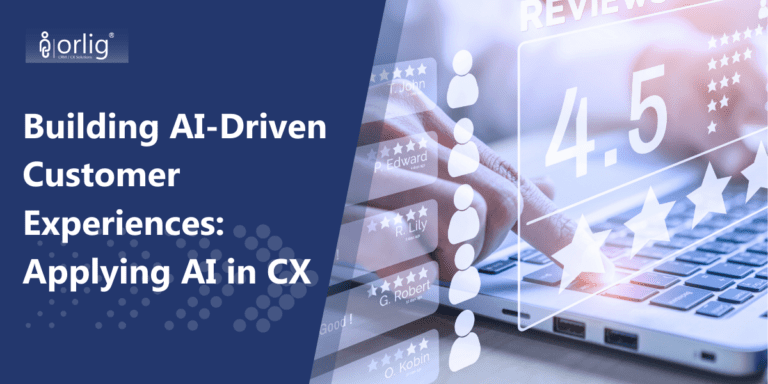
Integrating AI within the UX field has reshaped how users interact with user interfaces. From chatbots providing instant assistance to predictive algorithms anticipating user needs, AI has become instrumental in crafting interfaces that seamlessly align with user expectations and enhance overall usability.

UX and Its Misconceptions
Job descriptions and conference topics often interchange User Experience (UX) with Customer Experience (CX), mistakenly treating them as the same concept despite UX being a subset of CX and not entirely similar.
Read our previous article to learn more about the differences between CX and UX.
UX focuses on deeply understanding users’ needs, values, abilities and limitations. Its best practice is to promote improving the quality of a user’s interactions and perception towards a company’s product/service.
How Can UX Designers Benefit from AI
AI-Powered Personalization
Businesses can use machine learning algorithms to discern user behaviours, purchase histories and interaction with content to provide users with tailored recommendations and experiences. Integrated across all customer touchpoints, it ensures the customer experience is consistent and tailored across all channels.
A study conducted by McKinsey & Company showed companies that use AI to personalise customer experiences see an increase in revenue of 6% – 10%, as compared to companies that do not. Furthermore, machine learning AI has improved customer satisfaction, increased customer retention rates, and a higher likelihood of upselling and cross-selling.
Case studies of companies using machine learning AI to personalise customer experiences include:
- Sephora – Uses machine learning algorithms to analyse customers’ facial features to recommend suitable products. This recommendation tool has increased customer satisfaction and trust, showing that customers who use it are more likely to purchase than those who don’t.
- Netflix – Uses a machine learning algorithm to recommend TV shows and movies to its user based on their watch history and preferences. This improved customer engagement and retention rate as 80% of streaming hours are covered.
AI-Powered Prototyping
As mentioned in our previous article, a UX professional’s responsibility includes prototyping and wireframing. The methods of prototyping include:
- Wireframes – Considered a low-fidelity representation of the UI that shows the layout and structure of a design, focusing on its functionalities. They are typically used to communicate the basic idea of a design to stakeholders.
- Mock-ups – A high-fidelity representation of the UI that represents the closest resemblance of the final design in terms of details and functionalities. It also covers the UX aspects in terms of interactions, user flow, and behaviour.
- Interactive Prototypes – The UI working models that allow users to interact with the interface, typically used to test the design’s usability.
AI-powered prototyping automates the tasks involved in creating a prototype, such as generating layout options, creating interactive elements, and testing the design’s usability.
For example, the platform can generate multiple layout options for a website, and the designer can select the layout they believe is most effective, using AI to create interactive elements such as buttons and menus. The platform then stimulates a user’s interaction with the design to identify potential usability issues, allowing UX designers to improve the interface before it is publicly released.
Concerns of AI on UX Designs
Ethical Concerns
The usage of AI in the field of UX design has enhanced creativity, efficiency and personalisation. However, as UX designers increasingly utilise AI and machine learning algorithms to assist in their works, ethical concerns come to the forefront.
- Privacy and Data Protection – User data is essential for AI-driven UI/UX systems to tailor experiences, but it’s vital to prioritise data security, informed consent, and user privacy. Weak data privacy and protection could lead to a potential data breach, leading companies to face financial loss due to legal repercussions and reputational damage, leading to a loss of trust from the public.
- User Consent and User Agency – User consent ensures that AI collects data through legal and ethical means, as AI relies heavily on large amounts of data. Companies acquiring data for AI training or other uses require consent from the source or partner, allowing users to opt out, disable or uninstall the system if necessary. GDPR emphasises data protection principles to protect personal data when using AI systems.
Data Biases From Data Dependence
AI relies heavily on data to make decisions and predictions. However, the data’s accuracy and relevance would impact the AI-powered interface’s effectiveness. Incomplete, flawed or biased data could lead to poor UX – whereby biased data produces biased designs/outcomes.
Biased data poses a significant risk, resulting in biased designs and outcomes. For instance, if the training data predominantly represents a particular demographic, the AI may produce designs that cater to that group while excluding others.
Academic research has found bias in Midjourney in regards to image generation for specialised professions. While results show both younger and older people, the older people are always men, reinforcing gendered bias towards women in the workplace.
Conclusion
As AI evolves rapidly, its integration into UX design reshapes how users interact with websites, applications, and digital platforms. By leveraging AI technologies, UX designers and developers are empowered to create more intuitive, personalised, and efficient user experiences.




